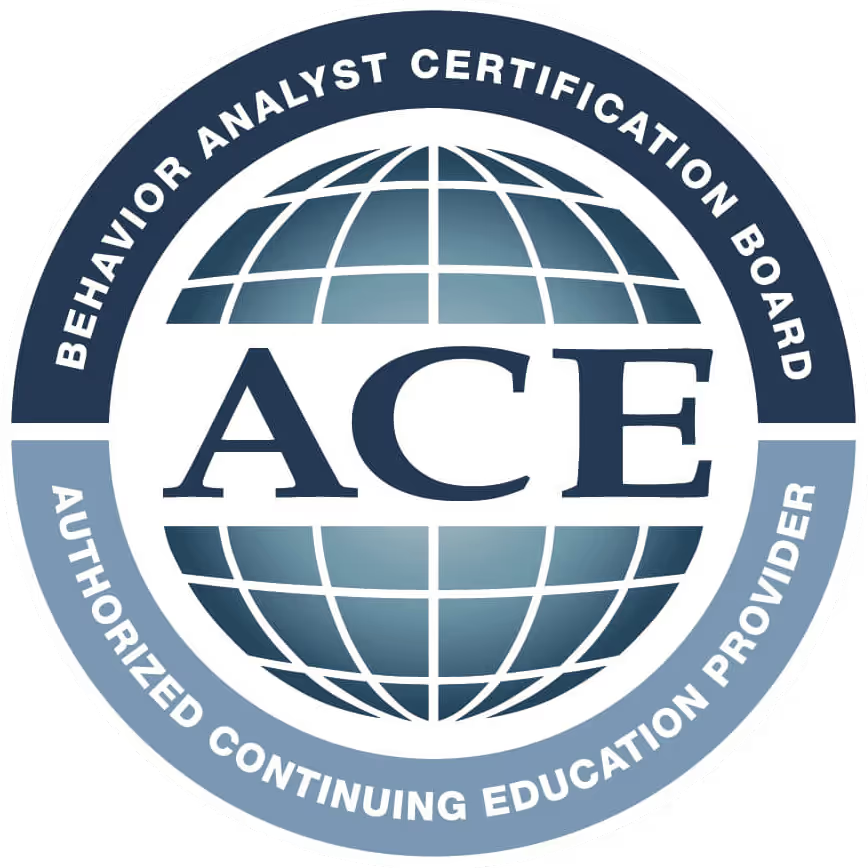
Early Intervention Programs
Exploring the Importance and Impact of Early Intervention Programs
Understanding Early Intervention
Early Intervention Programs are designed to identify and support infants and young children at risk of developmental delays or disabilities. These programs play a crucial role in enhancing cognitive, physical, communication, and social-emotional skills during the formative early years. Understanding the various services offered, the eligibility criteria, and the impact of these programs on child development can empower parents and caregivers to make informed decisions for their children.
Role of Early Intervention Specialists

What is the role of an early intervention specialist?
An early intervention specialist plays a crucial role in identifying and supporting children who may have developmental delays or disabilities. Their primary focus is to conduct thorough assessments to pinpoint the specific needs of each child, which can cover a range of developmental areas including physical, cognitive, communication, and social-emotional skills.
Once the assessment is complete, they develop individualized plans tailored to promote the child's growth. These plans are crucial in guiding the interventions and support needed, ensuring that they are appropriate for each child's unique situation.
Assessment and planning
The assessment process typically involves a team of professionals who observe and evaluate the child using standardized tests and observations. This collaborative method ensures that all aspects of the child's development are considered. Based on the assessment results, specialists create an Individualized Family Service Plan (IFSP), which outlines specific services and goals tailored to the child.
Collaboration with families
Collaboration with families is an essential component of what early intervention specialists do. They provide guidance and resources to parents, helping them understand their child's needs and empowering them to support their child's development at home. By working closely with families, these specialists ensure that interventions are integrated into everyday activities, enhancing the effectiveness of the support provided. This alignment can significantly impact the child's developmental journey, fostering an environment conducive to growth.
Components of Early Intervention Programs

What does an early intervention program entail?
Early intervention programs involve identifying and offering support to infants and toddlers at risk for poor outcomes, such as learning difficulties or behavioral issues. These programs aim to prevent escalation by providing resources and services tailored to children's unique needs.
Interventions can be delivered through various avenues:
- Home visiting programs: Professionals engage with families in their own environments to provide personalized support.
- School-based initiatives: These are aimed at integrating services into educational settings to aid developmental progress.
- Mentoring schemes: Designed to strengthen relational support systems and boost children’s resilience.
By focusing on early identification and intervention, these programs address challenges before they grow. Research indicates they lead to improved outcomes across several domains, including enhanced learning skills and reduced reliance on special education services in later years.
Preventative focus
The preventative nature of early intervention is paramount. These programs target four key developmental areas:
- Physical skills (e.g., crawling, walking)
- Cognitive skills (e.g., problem-solving)
- Behavioral skills (e.g., emotional regulation)
- Social/emotional skills (e.g., forming attachments)
By nurturing these aspects, early intervention fosters critical skills that enhance lifelong success.
Developmental areas
Each early intervention program tailors its services to address specific development areas dictated by children's assessed needs. Services like:
- Speech and language therapy
- Physical and occupational therapy
- Family training and support help cultivate essential skills that may otherwise lag behind.
Ultimately, early intervention aims to equip families and children with the tools necessary for optimal development, significantly improving future life trajectories.
Examples of Successful Early Intervention Programs

What is an example of an early intervention program?
One noteworthy example of an early intervention program is Alabama's Early Intervention System. This program specifically caters to children with developmental delays and disabilities, providing tailored services such as speech therapy and physical therapy. These interventions are essential for children from birth to age three, as the early years are crucial for significant brain development.
Impact on development
The impact of early intervention on child development is profound. Research consistently shows that engaging in early intervention programs greatly enhances a child’s ability to acquire essential life skills. Children receiving these services tend to show better academic success, improved social skills, and reduced need for special education resources later on.
Access and availability
Early intervention programs are typically publicly funded, ensuring that eligible families can access them at little to no cost. For parents seeking support, resources like the CDC’s FREE Milestone Tracker app are incredibly helpful. This app allows parents to monitor their child’s developmental milestones and promotes timely professional consultations if concerns arise. Not only do these programs offer critical services, but they also empower families through education and active participation in their child's development.
Understanding Accessibility and Cost of Services

Are early intervention programs free?
Early intervention programs are generally available at no cost or for a reduced fee for eligible children. These services are essential for addressing developmental delays and disabilities and may include various therapies such as speech therapy, physical therapy, and occupational therapy tailored to meet individual needs.
Parents can initiate this process simply by contacting local programs, which provide free evaluations to determine if their child qualifies for services. Early intervention programs are publicly funded under the Individuals with Disabilities Education Act (IDEA), ensuring that financial constraints do not hinder access to necessary care.
While some states may implement sliding scale fees or allow parents to utilize health insurance or Medicaid benefits, it’s crucial to understand that families cannot be denied essential services due to an inability to pay. The core mission of these programs is to eliminate financial barriers to ensure that all eligible children receive the support they need.
What are the eligibility criteria for early intervention services?
Eligibility for early intervention services is determined through comprehensive assessments that evaluate physical, cognitive, communication, social-emotional, and adaptive skills. Generally, infants and toddlers from birth to 36 months exhibiting significant developmental delays can qualify for services.
By establishing an Individualized Family Support Plan (IFSP), the program customizes support to meet the unique needs of the child and family. This person-centered approach encourages parental involvement in decision-making, allowing families to identify goals and desired outcomes for their child's development.
Are there access barriers for families seeking early intervention services?
While early intervention services are designed to be widely accessible, some barriers may still exist. Challenges can include lack of awareness about available programs, difficulties navigating the system, or cultural and language barriers that can hinder access to resources.
Moreover, families may face logistical hurdles, such as transportation issues or difficulties coordinating services with work schedules. To mitigate these challenges, many states have designated lead agencies that provide guidance and assistance in accessing early intervention services. Parents are encouraged to connect with local support organizations to facilitate a smoother process in securing necessary evaluations and services for their children.
| Aspect | Details | Impact |
|---|---|---|
| Cost of Services | Generally free or reduced cost for eligible families. | Eliminates financial barriers for access. |
| Eligibility Criteria | Based on assessments across various developmental areas. | Ensures tailored support for children's needs. |
| Access Barriers | Challenges like awareness or logistical issues. | May prevent some families from receiving services. |
Range and Types of Services Offered
What types of early intervention services are available?
Early intervention services cater to infants and toddlers facing developmental challenges by addressing their unique needs through diverse offerings. These include:
- Home visiting programs: These provide support directly to families, focusing on enhancing parenting skills and child development in a familiar environment.
- School-based initiatives: These programs help older toddlers transition into educational settings, concentrating on social and emotional skill enhancement.
- Specialized therapies: Essential components such as physical therapy, occupational therapy, and speech therapy are provided to promote critical skill development.
- Assistive technology: This includes devices or software that help children engage and communicate more effectively.
- Behavioral therapies: Aimed at improving behavioral outcomes, these therapies support emotional regulation and social interactions.
Developmental areas supported
Early intervention services target crucial domains of development:
| Developmental Area | Description | Services Involved |
|---|---|---|
| Physical Development | Skills such as crawling, walking, and coordination. | Physical therapy, occupational therapy. |
| Cognitive Development | Skills including problem-solving and understanding. | Developmental screenings, cognitive play |
| Social-Emotional Development | Interaction skills and emotional regulation. | Social skills development programs. |
| Communication Skills | Language and speech development. | Speech and language therapy, audiology. |
Specialized therapies
To effectively address developmental delays, early intervention includes specialized therapies:
- Physical Therapy: Assists in enhancing motor skills and physical abilities.
- Occupational Therapy: Focuses on improving daily living skills through tailored activities.
- Speech Therapy: Aims to develop communication skills and resolve speech delays.
- Behavioral Therapy: Helps in managing behavioral challenges, promoting positive interactions.
These services work cohesively to foster holistic development and prepare children for future educational experiences.
The Lasting Impact of Early Intervention
Early intervention programs are pivotal in shaping the future outcomes of children with developmental delays or disabilities. By offering a range of services tailored to individual needs and addressing potential developmental issues early, these programs not only support a child's immediate developmental goals but also lay a foundation for lifelong success. Ensuring that families have access to these services without financial hurdles and educating them on available resources significantly enhances the overall effectiveness of early intervention initiatives. As awareness and support for these critical services grow, more families can benefit, thereby fostering a stronger, more inclusive community for all children.
References
- Early Steps | Florida Department of Health
- What is “Early Intervention”? - CDC
- Overview of Early Intervention
- Early intervention and special education services for children
- Services in Your State for Infants and Toddlers
- Early Intervention Services | Florida Agency for Health Care ...
- Early childhood intervention - Wikipedia
- Early Intervention Services for Special Needs | Military OneSource
- Early Intervention Services - Easterseals
- What is early intervention?




























